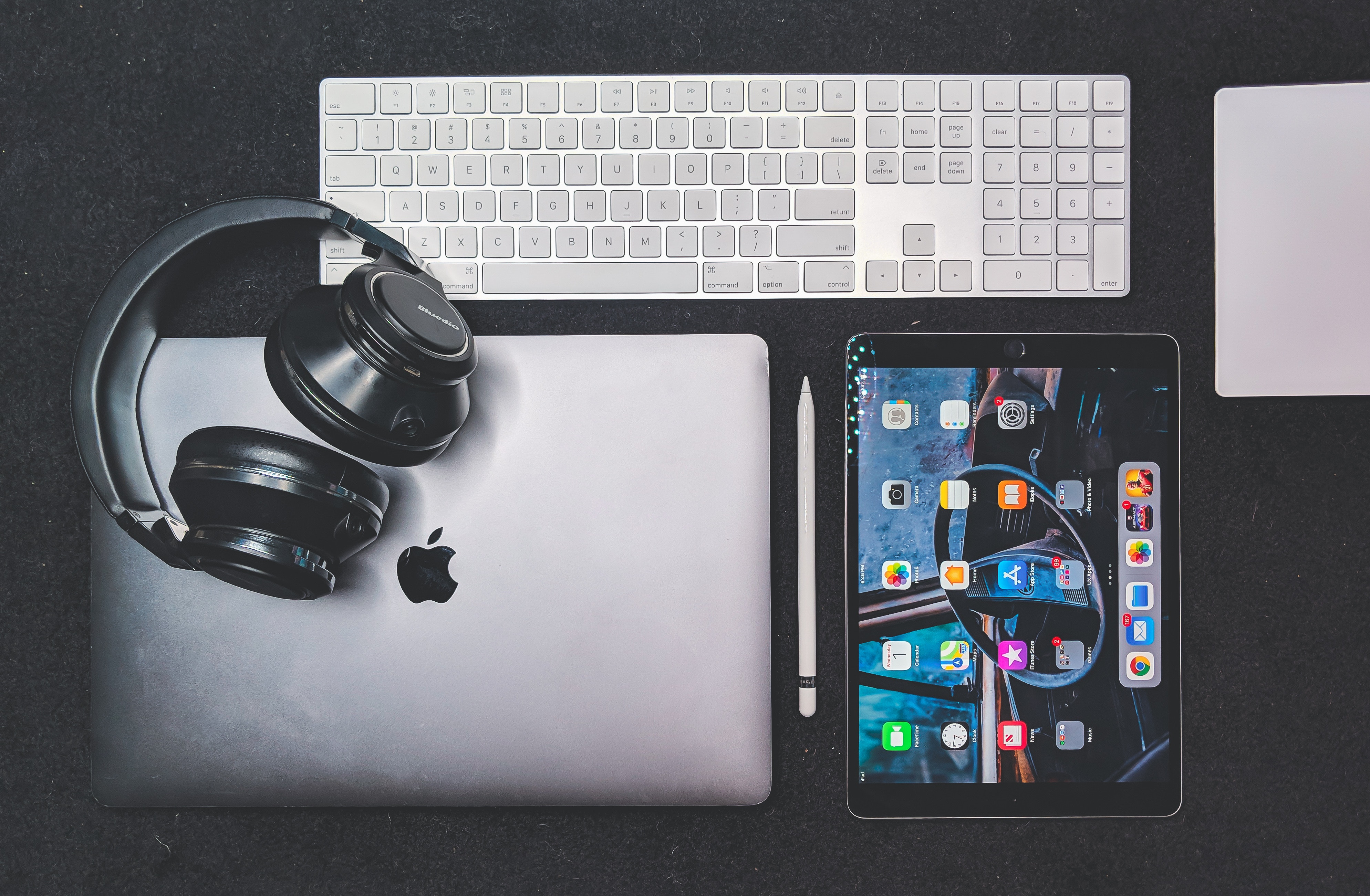It will surprise no one that I’m a massive gadget nerd. It’s a rare occasion when I can resist the desire to get my hands on a new tool and need to be able to play with it. It’s a need. An itch. Craving.
And I’m sure that in a field full of people who are, by education or avocation educational technologists, I’m not alone. It’s clear to me watching us work that we love to play with the latest toys, figure out how we might work them into classes and wax rhapsodic about the ways in which they will improve the experience of our students when we use them.
But a few years of deep involvement in accessibility change processes and a commitment to making Wichita State University one of the most accessible institutions in the country has made that a much more challenging game to play. It’s not that the game can’t be played, but there are new rules to follow before we jump up and get excited about an opportunity.
And this is a problem for our work across the board. As an industry. We need to accept that some of the coolest things that we can do are things that we must not do, must not promote to others, if we can’t also make sure that the resource or tool or gadget can be accessed by all of our students, regardless of impairments that might challenge that.
Inclusive Technology
One of the most important challenges for any new tech that comes along is inclusiveness. Think about the major innovations (fads) in technology and user interface in the past few years. Things like smartwatches, inexpensive phone-based VR headsets, or even presentation styles like Pecha Kucha — are these things that we should be adopting for instructional purposes?
The critical question to ask at that point is whether or not the technology is inclusive. Can everyone use it, regardless of impairment? And that’s an exceptionally difficult challenge to take on, because most of the innovations in user interface that we see these days are innovations that feature new ways to present information in a visual way.
So that answer in most of these cases is no. No, a person with low vision will find a smartwatch difficult to use. People with visual impairments will not be able to learn from your VR headset experience. They will also struggle with some of the context of a Pecha Kucha experience, and the format’s time-based gimmick makes it difficult to take the time to verbally share the content of your slides while presenting the verbal content.
As educational technologists we need to model good behavior when it comes to accessibility. We need to take the time to consider the impairments that will cut people off from the new presentation gimmicks we present and think about how we can make that content also available to these students in an equally effective way.
Or we can’t recommend adopting the technology. Full stop.
Because now we know. Because the scales have fallen from our eyes and we can see clearly that our choices need to serve all students — that federal standards require that they do — and we can’t in good conscience recommend or promote instructional techniques that disadvantage or exclude students based on an impairment, no matter how cool we think the gadget is.
Moving Forward
So we have our cool new thing — our smartpen, VR rig, or smartboard. Before promoting that tool as an instructional aid, we need to take the time to think about how we’ll make sure the instruction is inclusive.
- How will users with visual impairments be impacted by the use of this tool?
- How will users with hearing impairments be impacted?
- How will users with motor difficulties use this tool?
- How will users with mobility issues access this content?
- Are there challenges presented by the tool that might impact students with learning disabilities? Cognitive issues?
And if those questions highlight a problem, it’s critical that the technologist have a well-considered solution to present as well. And, ideally, it should not just convey the content, but also the experience provided by the solution. After all, education isn’t just content, it’s also the wonder and joy of the experience we share, and we need to make sure that we don’t privilege students in the experience any more than we do the content.
So, what are we doing to make sure that the immersive VR experience we’re providing to our students is also accessible to students with visual impairments? What could we to make your students feel hyper-connected the way smart-watches do students who can see well enough to use them? How do we share the energy and experience of a Pecha Kucha presentation with a student who can’t see the slides?
Until we can answer those questions, we may have to leave the gadgets at home.
(Photo by Joshua Oluwagbemiga on Unsplash)


